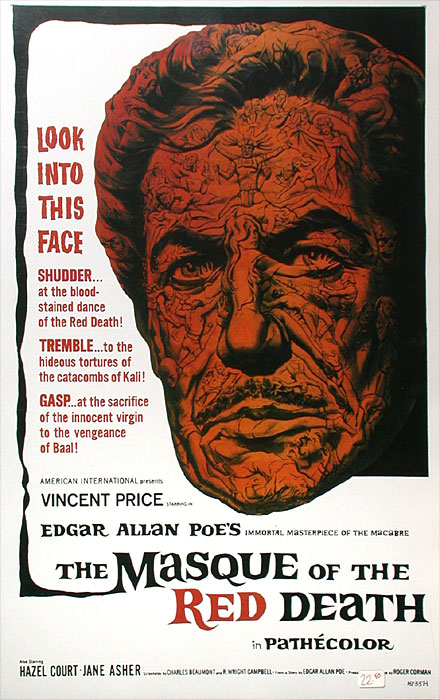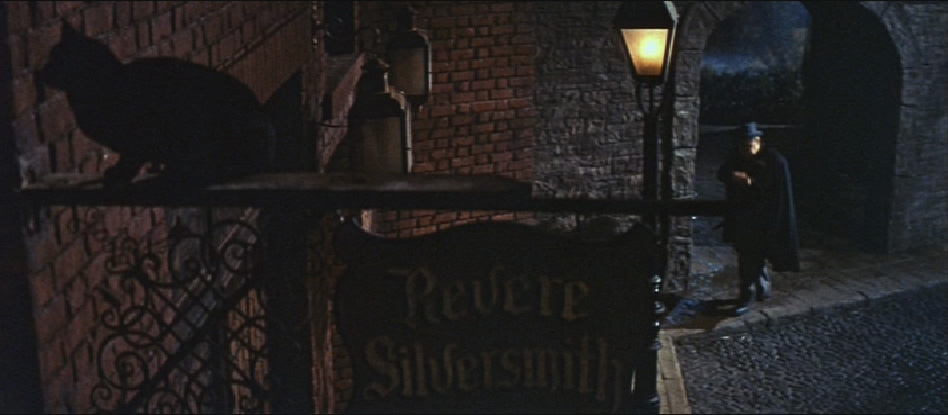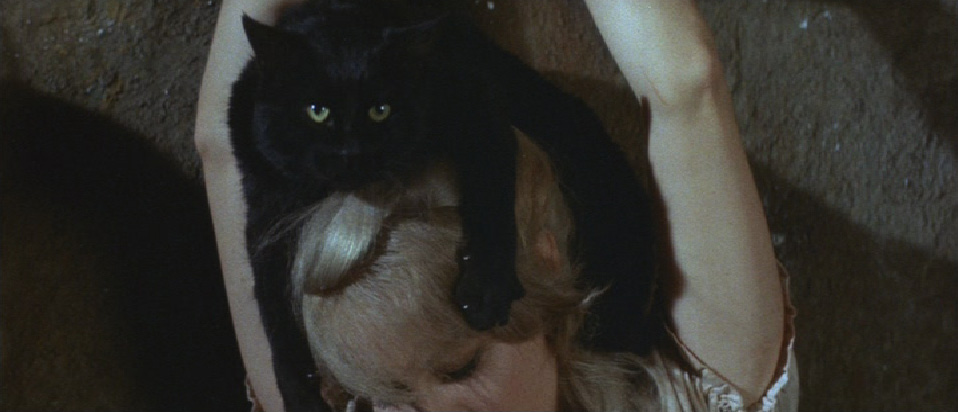At the age of 83, Roger Corman will finally receive his long overdue reward from Hollywood: A golden Oscar statuette. Here are some of Corman’s thoughts about finally receiving an Oscar, as well as his comments on the many Oscar winning people he first discovered.
Roger Corman acceptance Speech
LAWRENCE FRENCH: When we talked a few years ago you said you never thought you would get an honorary Oscar.
ROGER CORMAN: Yes, exactly, which is why I was very surprised when they called me and said I was getting the award. I was truly amazed! I had heard they were considering me and I thought, “they aren’t going to give an Oscar to me, because I’m a producer and director of low-budget pictures.” So when they called and told me, I was quite surprised! I really thought I had no chance of ever winning an Oscar.

LAWRENCE FRENCH: In 1979 when the Museum of Modern Art held a 25th anniversary retrospective of American International Pictures, Vincent Price quoted something Sam Arkoff said: “If you wait long enough, everything becomes good taste.“
ROGER CORMAN: That’s right, I think you really have to live a very long time. However, there are probably also a number of other reasons to account for why they decided to give me the award. Partially, I think it’s because of the films I have directed myself. Partially, I think it’s for the many directors, producers, writers and actors who started out with me and who then went on to great success in their careers.
LAWRENCE FRENCH: That list is quite long and most of those people are now Academy members, so that probably helped you out, as well.
ROGER CORMAN: Yes, and there’s also the fact that I brought a great number of foreign films to America for distribution through New World Pictures. In one period during the seventies New World handled more pictures nominated for the best foreign film Academy Award than all the other studios combined. We distributed films by Ingmar Bergman, Federico Fellini, Francois Truffaut, Alain Resnais, Akira Kurosawa and Werner Herzog. At the time, we were distributing films from all of the world great directors.
LAWRENCE FRENCH: Did you meet Ingmar Bergman when you picked up Cries and Whispers for American distribution in 1971?
ROGER CORMAN: Yes, I did meet Ingmar Bergman and he was rather formal, but a very intelligent and quite an intense man. He was a little bit quiet, but that’s probably because English is not his first language. If we had been speaking in Swedish, maybe he would not have been quite as quiet. I told him the first film of his that I had ever seen was The Seventh Seal and that I admired it greatly. I think it is a wonderful picture. We mostly talked in general though, and I liked him very much.
LAWRENCE FRENCH: You discovered many young people who went on to win Academy Awards, starting with Jack Nicholson in 1957, followed by Francis Ford Coppola, Robert DeNiro, Martin Scorsese, Robert Towne Jonathan Demme and James Cameron. After this pattern of discovering top talent became apparent to you, did you ever attempt to tie anyone down with a two-picture deal, or perhaps a long-term contract?
ROGER CORMAN: No, because I’ve never had that much money. I always backed my films with my own money. I had some outside investors, but not that many. I couldn’t put up the millions of dollars out of my personal savings for someone to make a film. I simply didn’t have that much money. So I assumed that people would make their first low budget film for me, and then would go off and make their next film at a major studio for a much bigger budget.
LAWRENCE FRENCH: One of the directors you started on his career in 1968 was Peter Bogdanovich with Targets. He was also the only director who returned to make a film for you at New World Pictures, when he directed St. Jack in 1979. Did you ever try to lure anyone else you had discovered back to work for you?
ROGER CORMAN: No, because once directors move on and start doing big budget films, it becomes very difficult to get back into the swing of making a low-budget movie. You have to work very quickly, with a great deal of preparation and you have to be willing to make certain compromises or you’re not going to get the picture made. Once you’ve done a big-budget film, it is really very difficult to go back again.
LAWRENCE FRENCH: In 1981, at a party for the opening night of the San Francisco Film Festival I met Vincent Price at Francis Ford Coppola’s house in San Francisco and when I wandered into Coppola’s projection room in the basement, I was amazed to see a 16mm print of The Young Racers! Wasn’t Coppola the sound man on that film?
ROGER CORMAN: Yes, that’s right. Francis was my assistant on a number of films. He worked as a sound man on The Young Racers, a Grand Prix racing film I did in Europe, but where Francis worked more specifically on a horror film for me was on The Terror with Boris Karloff and Jack Nicholson. He actually shot a lot of it, because after I had shot two days with Boris on the sets leftover from The Raven, there was great deal of additional work that needed to be done and since I didn’t have very much money, I couldn’t afford a union crew. I was signed with the unions, so I couldn’t shoot with a non-union crew. As a result, Francis took a small crew up to Big Sur and shot for a week with Jack Nicholson and Dick Miller in northern California. Afterwards, Francis did some editing for me as well.
LAWRENCE FRENCH: Didn’t Gary Kurtz who produced Star Wars work on The Terror, as well?
ROGER CORMAN: Yes. He and all those people from UCLA and USC were floating in and out. Francis was specifically my assistant and he worked for me a year or two. Gary was a production assistant and later on an assistant director. Then, even later a production manager on several films. I can barely remember which ones they were, though.
LAWRENCE FRENCH: Strangely enough, two of your discoveries, Gary Kurtz and Irvin Kershner ended up working together on George Lucas’s The Empire Strikes Back. That same year you made your own big budget science-fiction film, Battle Beyond the Stars, which started James Cameron on his movie career.
ROGER CORMAN: That’s right! Jim Cameron was building model spaceships for Battle Beyond the Stars. And a long time before that I had backed the first film Irvin Kershner directed, Stakeout On Dope Street. Early on, I generally would have ideas and give them to people who wanted to make movies. For Stakeout on Dope Street it was kind of a mutual thing. Andy Fernady was the producer and Irvin Kershner was the director. They wanted to make a film and I said I would put up the money. They raised a little bit of money themselves, along with Haskell Wexler, who was going to be the cameraman. So we discussed various ideas and then we mutually decided on that particular story.
LAWRENCE FRENCH: You will be receiving your Oscar alongside the noted cinematographer Gordon Willis, who worked with Francis Coppola on his three Godfather movies and photographed you as a Senator in The Godfather, Part II. What I find fascinating is how you also discovered so many important cinematographers early in their careers, such as Haskell Wexler, Lazlo Kovacs, Nestor Almendros and John Alonzo, who shot Bloody Mama. How did you pick your cameraman?
ROGER CORMAN: I usually would chose a cameraman by listening to other people who had worked with them, looking at their previous work and then talking with them in person. It was also partially due to luck, because in the case of Johnny Alonzo, I didn’t even see any of his previous work. I simply had gotten good recommendations from the people he had worked with before and when I talked to him, I felt he would work out well, so I hired him to shoot Bloody Mama.
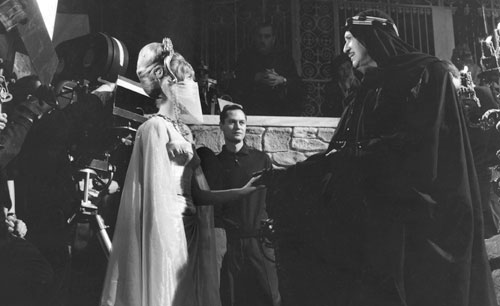 LAWRENCE FRENCH: How did you come to hire Nicholas Roeg to photograph The Masque of the Red Death?
LAWRENCE FRENCH: How did you come to hire Nicholas Roeg to photograph The Masque of the Red Death?
ROGER CORMAN: The reason I hired Nic Roeg was due to English labor laws, which wouldn’t allow me to use Floyd Crosby, my regular director of photography at the time. Nic was a young English cameraman, who had been a 2nd unit cameraman on Lawrence of Arabia, and I think he may have done a couple of other pictures. After I’d seen some of his work and I talked with him, I felt he would be able to bring the kind of chiaroscuro lighting quality I was looking for to capture Poe’s world in The Masque of the Red Death. I think he did a truly brilliant job on the film and he even won an award at some European film festival for the picture.
LAWRENCE FRENCH: After you worked with Martin Scorsese on Boxcar Bertha, he used a clip from Tomb of Ligeia in his next film Mean Streets for the scene where Robert DeNiro and Harvey Keitel go to the movies.
ROGER CORMAN: That’s right. Marty called me to ask if he could use that clip, because of certain legal rights and I said, “sure, go ahead.” I thought that was fine.
LAWRENCE FRENCH: It was a very nice homage to you, because Scorsese establishes this re-occurring flame motif in Mean Streets, and of course you used fire symbolically in Ligeia, as a sort of eternal love theme. You have the characters walking by Stonehenge and the ocean, representing some of the oldest things on the planet. Was that a theme you consciously worked out with Robert Towne while you were working on the script?
ROGER CORMAN: Yes, most of those things were conscious decisions. I particularly wanted to shoot at Stonehenge, but because I couldn’t afford to take a full crew there, I had my assistant Paul Mayersberg shoot those scenes as a second unit, using doubles for Vincent Price and Elizabeth Shepard. But there was always a great deal of thought put into the Poe films. They were planned and conceived very carefully and meant to be experienced on multiple levels. At the same time, I think that anybody working in a creative medium is working partially out of the conscious mind and partially out of the unconscious mind. So I’m sure some things did creep in there unconsciously. It’s inevitable.
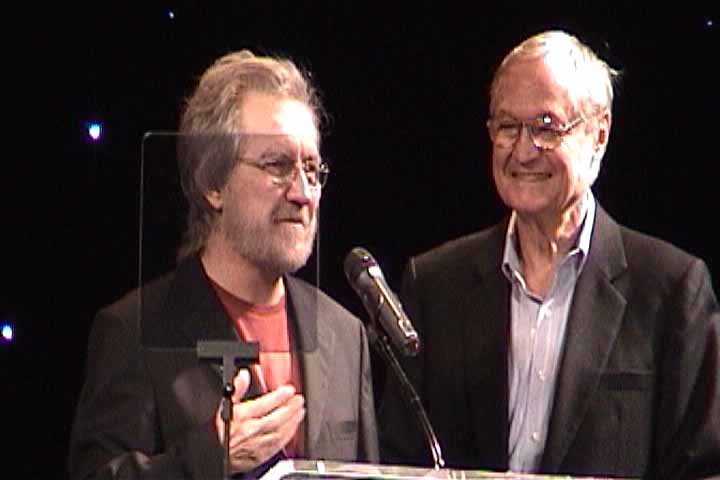


.jpg)
